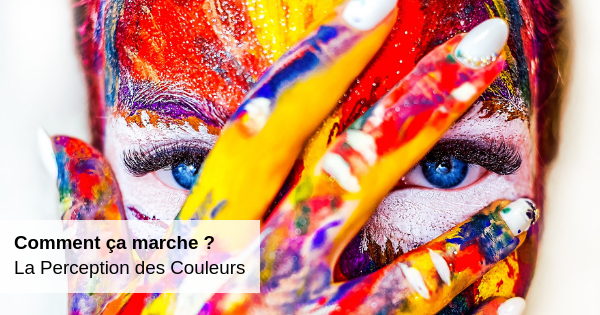The perception of colors: how does it work?

What would we be without color? Playing on our moods and our well-being, we find them a meaning, we marvel at the blue of the sky or the green mountains. But how do they reach us? We asked the question.
The perception of colors, made possible thanks to the brain!
At the bottom of the eye, penetrating light reaches a multitude of photoreceptors . Our eye has about six million cones whose pigments are sensitive to light.

These cones are of three types: the cones that pick up the short waves , that the brain will identify in blue , the ones that pick up the middle waves , that the brain will interpret in green , and finally those sensing the long waves , which will be identified in red .
These different sensitivities are attributable to the amino acids of opsine , a protein that is in photoreceptors and is very sensitive to the color.

To reach the brain, photoreceptors convert the received light signal into an electrical signal that converges to it.
This is our brain decodes the signal into three categories, well known to photographers: hue, clarity, saturation.
Our brain instinctively answers questions about these three categories. The color is well built by our brain , able to make us perceive more than a million different colors!

It is interesting to note that the perception of colors is not the same throughout our life . It starts at the age of three months for basic colors and becomes optimal at five months.
As we age, our optical tool also ages. The wear of our lens causes an undoubted disparity in our vision of colors .
These pathologies that change the perception of colors
In addition to changes due to age or trauma, color perception may be different for some individuals because of various pathologies , often due to hereditary deficiencies.
[ =]

These deficiencies are called dyschromatopsia . The best known and most widespread is the color blindness , which concerns the difficulty to perceive the red, which we had the opportunity to speak in another article.
These malfunctions could be treated only with gene therapy , but the latter is still at an early stage
[ =] Poor color perception can have more serious consequences , since it is not uncommon for it to appear as a symptom of diabetes or multiple sclerosis .
In any case, an ophthalmologist can screen for any color perception deficiencies. It is therefore important to turn to a professional as soon as the symptoms appear.


